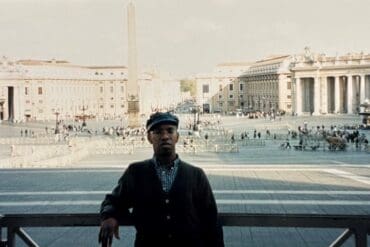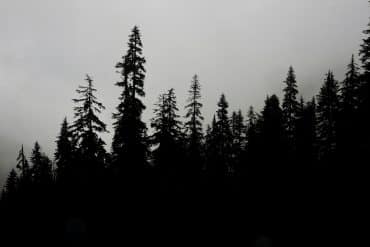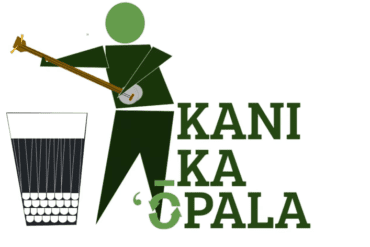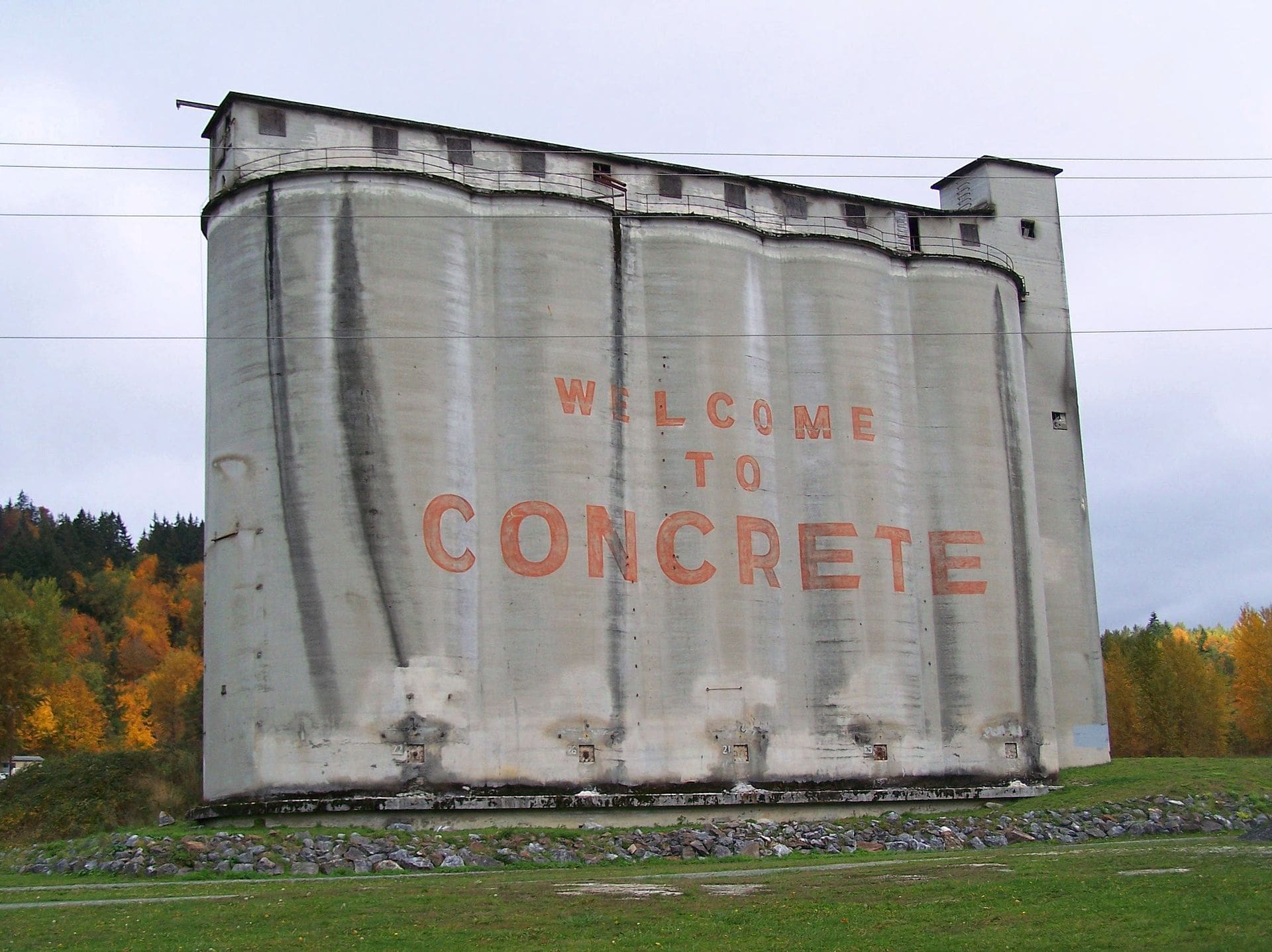What Does Homesickness Look Like? Concrete, Fish, & Staying the Same
Author’s Memo
I have always been fascinated with the cultural idea of home; the way that people see their homes is so deeply personal, yet we all seem to share the same desire to go back to where we came from in the universal idea of homesickness. Moving away from home for college, I watched many of my peers begin to struggle with homesickness. I wrote this piece to explore this idea, since it’s something that I don’t fully understand.
I was always confused when my childhood friends said that they would miss home, as I have always been adamant that I wouldn’t miss home when I left, and I was equally confused when I realized that I turned out to be just as homesick as they were. I am attempting to explore the idea of homesickness not only through my lens of how I have been homesick, but also in what has shaped my idea of home.
When I think of my home state of Washington, the wildlife is always one of the first things to come to mind. In a perfect follow-up, salmon, often native to Washington State, have a fascinating life cycle and cyclical return home at the end of their lives. It is somehow built into them to want to return to the freshwater streams they were born in at the end of their lives. Though it’s hard to say that this is because it is their idea of a “home”, it’s interesting to me that there is something that pulls them to return to where they came from once they reach their adult age, similarly to how humans start to feel homesick as soon as they are old enough to be on their own.
With homesickness being a universal and profoundly painful experience, I wanted to frame my own take on the complex notion of leaving home in my time with salmon. As much as it’s a little silly that something so removed from the human experience could have such a large impact on my life, my time with the fish in the Skagit and how they return to the grimy little river they were born in as soon when they feel the ends of their lives setting in is quite poignant. I have often thought of it when I think about how badly I want to be home in times of trouble. The autoethnography that I would like to convey here is how universal homesickness is, even for those who didn’t come from the best homes; these salmon came from Concrete, Washington, and they still fight like hell to come back every single year.
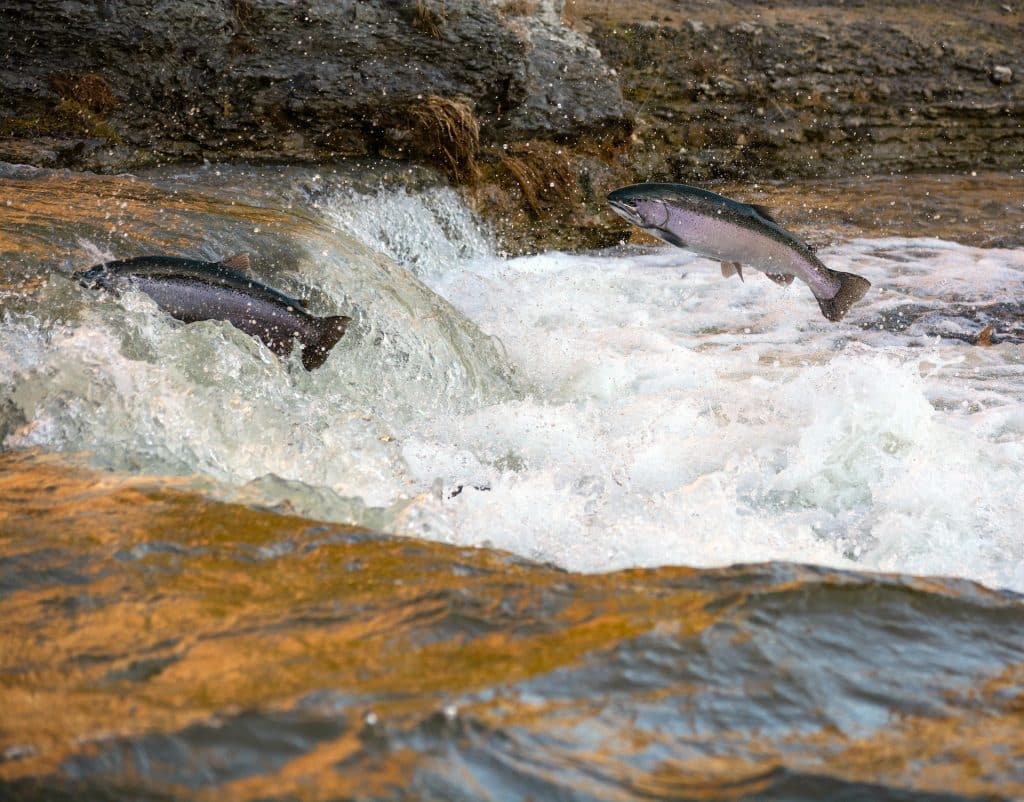
There is a cold, gray, flat town called Concrete in central Washington state. Its name conjures exactly the association that it deserves. Its website boasts a “getaway to the North Cascades”, which is a generous title. It offers little view of the beautiful mountains, nor any substantial hikes within a half-hour drive along a road filled with cargo trucks that tailgate and pass on double-yellow lines and mildly threatening gun-rights bumper stickers that make you lock your doors. The downtown lasts approximately a block, filled with faded pastel stores that look nearly identical to the way they have for likely the last hundred years.
Concrete, Washington doesn’t have a lot, but it does have a river. The Skagit river, the subject of many a fourth-grader’s blue crayon drawing on a map of Washington, runs about 150 miles across the state. Along it runs many other small towns of mild note – Rockport, Van Horn, Sedro-Wooley -, but Concrete draws attention. A good amount of this attention from salmon.
When I was around nine or ten, I woke up upsettingly early for a summer morning for an outing to a place called Concrete, around a two hour drive from home on the Western side of the state. There was a brief discussion that we were going to a town called Concrete, but the destination we sought out was to see fish spawning in a river. This stuck in my young brain as “the salmon river”.
I have learned, from discussing my experiences with others, that anyone who grew up around a large body of water (especially freshwater) knows the immense amount of fixation that the school system has on fish. Elementary schools loved to take you out to rivers and bogs and beaches at low tide and let you sift your grimy little fingers through the silt and sand. Among the more colorful and interesting lessons and diagrams were those of fish. There are hundreds of species of salmon in Washington state, coho, steelhead, mostly chinook. By the time you’ve graduated middle school, you’ve seen so many diagrams of fish and memorized so many colors and gill patterns that very few things have stuck in your memory. One of the things that stuck in mine was the life cycle of the salmon.
Many salmon are born and die in the same place. After hatching, they swim upstream, with the current. It varies between species as well as individual salmon how far they will go. It is a long journey, but is innate for obvious reasons. They swim in the direction that is easiest for them to go to lead lives far from where they started. They grow from eggs to fry to smolts to adults (a process that usually takes around two years, though their lifespans can be up to seven), and then begin the migration. The migration is something that every salmon seems to understand naturally – they do not appear to have a way of communicating it to another – and can last between two and four years. Salmon will fight waterfalls, riptides, and thousands and thousands of miles to return to the place they were born. They return to the Skagit river usually around late August or early September.
Another experience I’ve shared with many fellow Washingtonians and those native to nature-loving families is the central role that hikes and long walks may play in childhood. I often think that it would have been fun for me to have kept a ranking, or at least a log, of all the state park parking lots that I’ve eaten a bagged lunch in, leaning against our silver Camry or on a nearby bench. The layouts are all quite similar – usually a parking lot with one row of cars lining the perimeter of the lot, a few dingy restrooms in one beige building (with an informational plaque, if you’re lucky), an ashtray or two, and a couple benches. This one was very spacious, and what the benches offered us in a view of the river they made up for with seats damp with morning dew. Fog still hung around the trees. I peered down through the trees that lined the riverbank, trying to catch a glimpse of the rushing water that I heard and see if I could spot any fish yet.
Hiking is often filled with unexpected smells, textures, and trail conditions. The smell at the salmon river was a strange mixture of things – fresh, running, water, and depending on what time of the season it is, a certain amount of rotting fish. It was something that struck me as unpleasant, but there were other things to worry about. As a child who grew up on the smaller side, common practice for hiking was to pick up a particularly large stick to keep myself steady as we made our way down a muddy path. The riverbank, too, was not free of treachery. The rocks on the ground of the river were often slick with moss, and the current was sometimes so strong that you felt like your own ankles would buckle underneath you. I have always had a high tolerance for cold water, but the shock would still always make me gasp, even though I would inevitably outlast my entire family standing in the freezing cold water and letting the salmon run around my feet while I fought back panic.
There is a cyclical nature of the life of those salmon that many people lack. We don’t have a lot of places akin to the salmon river except a hospital, abstractly; a place where you’re born, and where you usually have to return to when you die and when you create more life. The river welcomes salmon back where they came from, though they have grown and changed. Sometimes, the homes we come from do not do the same.
The entire spawning season does not last long at all. Within two weeks, the river will have cleared of fish, but at the start of the season, there’s no missing it. You see the fish before you see the water. For a second you might think that they’re rocks, but soon you’ll see that they are just fish on top of fish on top of fish, slightly wriggling. The center of the river is practically unrecognizable as a river – there’s only enough water to stand in at the very bank of the river. You can stand in it about to your ankles, but your skin will still mostly make contact with fish.
I stood in the river up to my ankles with my tall stick in hand, pants rolled clumsily up to my knees. Having not done a great job, the cold water was soaking into my pants. I had been bold enough to brave the chill of the river, but I had not considered the fish. They were making a very audible noise – the light slapping of water, similar to the sound of a plastic volleyball in a public pool. The sound was so out of place that it took me a good amount of time to recognize that it was even happening. I looked up, past the few fish that were within two or so feet of me, desperately swimming against the current and attempting to stay in place long enough to spawn. First, I saw the mass of fish in the center of the river, the culprit of the noise. There was a mass of fish, more than I had ever seen in one place, fighting to be in the spot that I was standing in, swimming against each other with as much force as they could find in their little bodies. Second, my gaze followed behind them, in the center of the river, to the bank of the river across from me. There were less fish there, and many of them were dead.
I suddenly felt an urge to back up. Not only to get out of the way of the fish that were rapidly encroaching on my feet as they realized that I meant no harm, but as I realized that this was not only a spawning ground but a graveyard. The fish come to this place out of pure evolutionary instinct, using up what are sometimes their last spurts of energy to come back here, to the place where I stand with my feet numb from the cold and my giant clunky stick supporting me. They lay their eggs, and then they die. I wanted to back up, still, suddenly feeling like I was intruding, but it occurred to me that I might step on a sac of eggs. It then occurred to me that I also might step on the corpse of a fish. The good news was that it was too late for any of these things – I had been still for too long, and the fish had grown comfortable swarming my feet. I was snapped out of my thoughts by the slightly jarring and very foreign feeling of fish beginning to touch my legs, their tails hitting me in the ankles repeatedly as they flapped in an attempt to stay in place to lay their eggs. It felt disrespectful – sacrilegious, even, to remain there, but the idea of leaving was even worse.
Fish are not the only animals at the salmon creek. There are pygmy owls, squirrels, eagles. The eagles swoop down and eat the fish carcasses, as do the owls by night. Those that are not eaten dissolve into the river and they decompose as their scales are ripped off by the current. In their place are the eggs that they laid. The eggs hatch, the cycle repeats again, and so it goes.
There was something about the memory of standing in that place where fish come to live and die that stuck with me for years. My parents returned after then, but I have yet to join them. I like to think that if I were to return today, I would do so with more caution, even though I know now that there is a very slim chance of actually hurting the fish. Even though they attach their egg sacs to the undersides of rocks, my feet are larger now and I worry that I might kick rocks in an attempt to find a place to root myself. My hair is shorter now, too short to be fully pulled into a ponytail and out of my eyes and keep my vision clear as I peer around my ankles for a safe place to step further into the water.
There is a cyclical nature of the life of those salmon that many people lack. We don’t have a lot of places akin to the salmon river except a hospital, abstractly; a place where you’re born, and where you usually have to return to when you die and when you create more life. The river welcomes salmon back where they came from, though they have grown and changed. Sometimes, the homes we come from do not do the same. The rivers I stood in as a child to prove my hearty tolerance for cold water (which remains impressive) only come up to my ankles, when they used to submerge me up to my knees. I grew taller than my mother, too tall to fit into her jackets and my feet too large to share her leather boots in the fall. I have come to drive my childhood silver Camry, occasionally glancing in the rearview mirror and thinking of how I used to be able to stand up in the backseat. Across the country from my home in college, I know that I will fit a little less into my home every time I return. The house my family lives in has already changed and likely will again, local parks will be renovated, and the Camry will likely only make it another few years. Still, there are things about my home that never change. I know that the Skagit river will wait for me, just as it will wait for its fresh population of salmon each year.
Concrete, Washington does not have a lot to offer, but it will probably always have the Skagit river, and it will probably always have salmon. If you ever find the time to visit somewhere between July and August, you can find something to learn from them as you watch them swarm your feet. Make sure you bring a hiking pole, or find a good-sized stick. Be careful as you walk to the center of the river – the current is strong and the river is deep.
Photo of concrete silos in Concrete, Washington by SkagitRiverQueen for Wikipedia;
Photo of jumping salmon by Brandon on Unsplash I The AutoEthnographer



